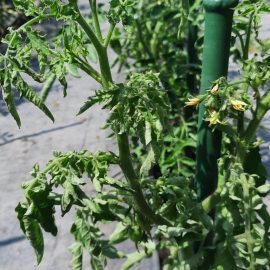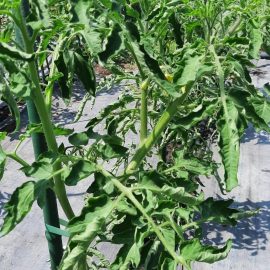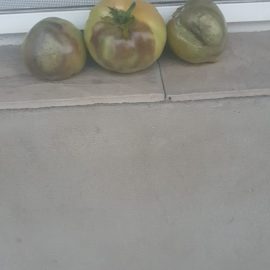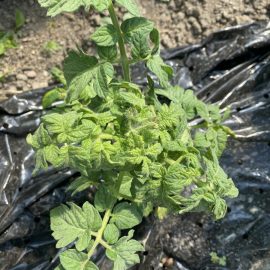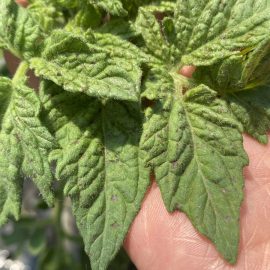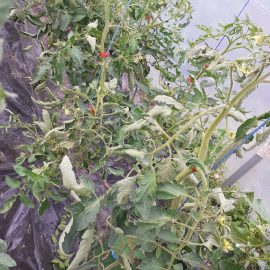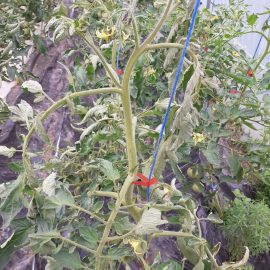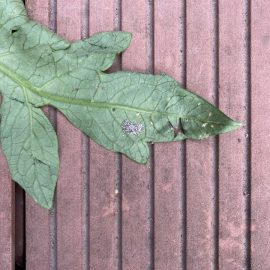Tomato white mold (Sclerotinia sclerotiorum) – identify and control
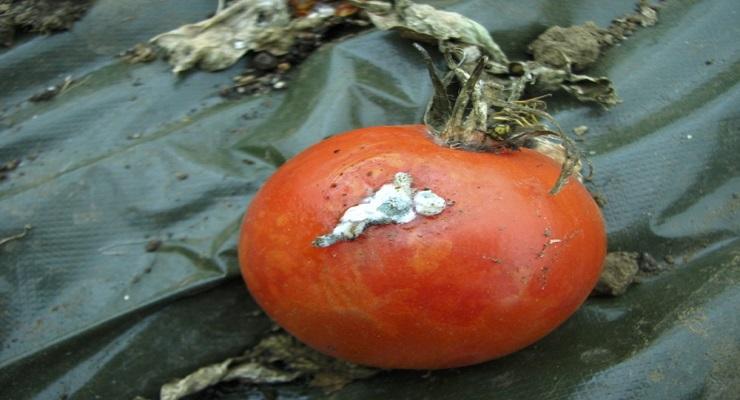
Tomato white mold, Sclerotinia sclerotiorum is a disease commonly found in all crops from the greenhouses, solarium, and even in the field, as the fungus has many host plants. The biggest damage is reported in greenhouses.
Symptoms. On the superficial roots and at the base of the stem, the fungus produces dark brown moist-looking spots. They are covered with a whitish-gray powder, which is also found in the stem pith. The attacked tissues rot, soften, the plant wilts, and after two weeks dry out. On the tissues and especially inside the attacked stems, black bodies appear in the mycelium, which are the sclerotia of the fungus. In conditions of excessive humidity, the fruits can also be attacked. After soaking, the fruits detach from the stems and fall off. Excessive organic fertilizers, high humidity, and a temperature of 20°C are factors that ensure the rapid spread of the attack in greenhouses.
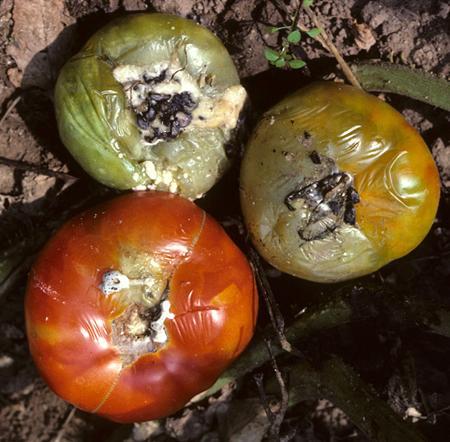
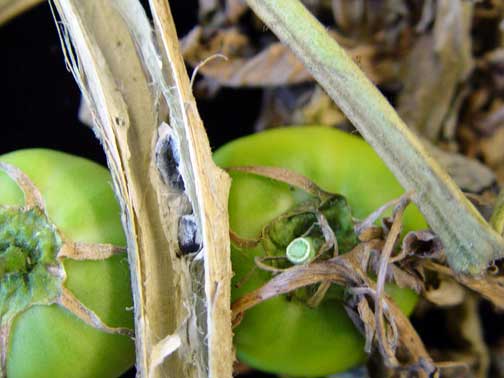
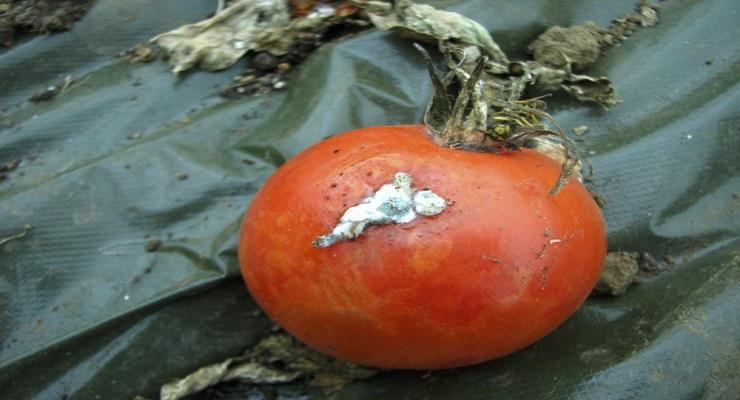
Tomato white mold germinates in moist soils. They usually form infection filaments, which will penetrate directly into plants or through wounds caused by insects, snails, or even work tools. Fragments of mycelium on plants can be carried by air currents and will cause new infections. The fungus is found in crops of potato, tobacco, sunflowers, vegetables grown in greenhouses, solarium, and fields.
Prevention and control. In order to avoid plant diseases, preventive measures are very important. On this line, it will be avoided to cultivate vegetables on water-retaining lands or on those where the attack took place. A 3-4 year crop rotation can partially prevent the attack.
In the crops, the attacked plants should be removed in polythene bags to avoid spreading mycelium fragments. Also, proper aeration of the plants will be ensured by the defoliation of the basal part. In greenhouses and in solariums, tomatoes will be planted only in soils disinfected with specific products.
Recommended products
-
You can find products on a different store
Change Store -
You can find products on a different store
Change Store -
You can find products on a different store
Change Store -
You can find products on a different store
Change Store -
You can find products on a different store
Change Store -
You can find products on a different store
Change Store -
You can find products on a different store
Change Store -
You can find products on a different store
Change Store -
You can find products on a different store
Change Store -
You can find products on a different store
Change Store -
You can find products on a different store
Change Store -
You can find products on a different store
Change Store -
You can find products on a different store
Change Store -
You can find products on a different store
Change Store -
You can find products on a different store
Change Store -
You can find products on a different store
Change Store -
You can find products on a different store
Change Store -
You can find products on a different store
Change Store -
You can find products on a different store
Change Store -
You can find products on a different store
Change Store -
You can find products on a different store
Change Store -
You can find products on a different store
Change Store -
You can find products on a different store
Change Store -
You can find products on a different store
Change Store
For prevention and control, specific fungicide treatments are performed.
Recommended products
-
You can find products on a different store
Change Store -
You can find products on a different store
Change Store -
You can find products on a different store
Change Store -
You can find products on a different store
Change Store -
You can find products on a different store
Change Store -
You can find products on a different store
Change Store -
You can find products on a different store
Change Store -
You can find products on a different store
Change Store -
You can find products on a different store
Change Store -
You can find products on a different store
Change Store -
You can find products on a different store
Change Store -
You can find products on a different store
Change Store -
You can find products on a different store
Change Store -
You can find products on a different store
Change Store -
You can find products on a different store
Change Store -
You can find products on a different store
Change Store -
You can find products on a different store
Change Store -
You can find products on a different store
Change Store -
You can find products on a different store
Change Store -
You can find products on a different store
Change Store -
You can find products on a different store
Change Store -
You can find products on a different store
Change Store -
You can find products on a different store
Change Store -
You can find products on a different store
Change Store














































































































































































































































































































































































































































